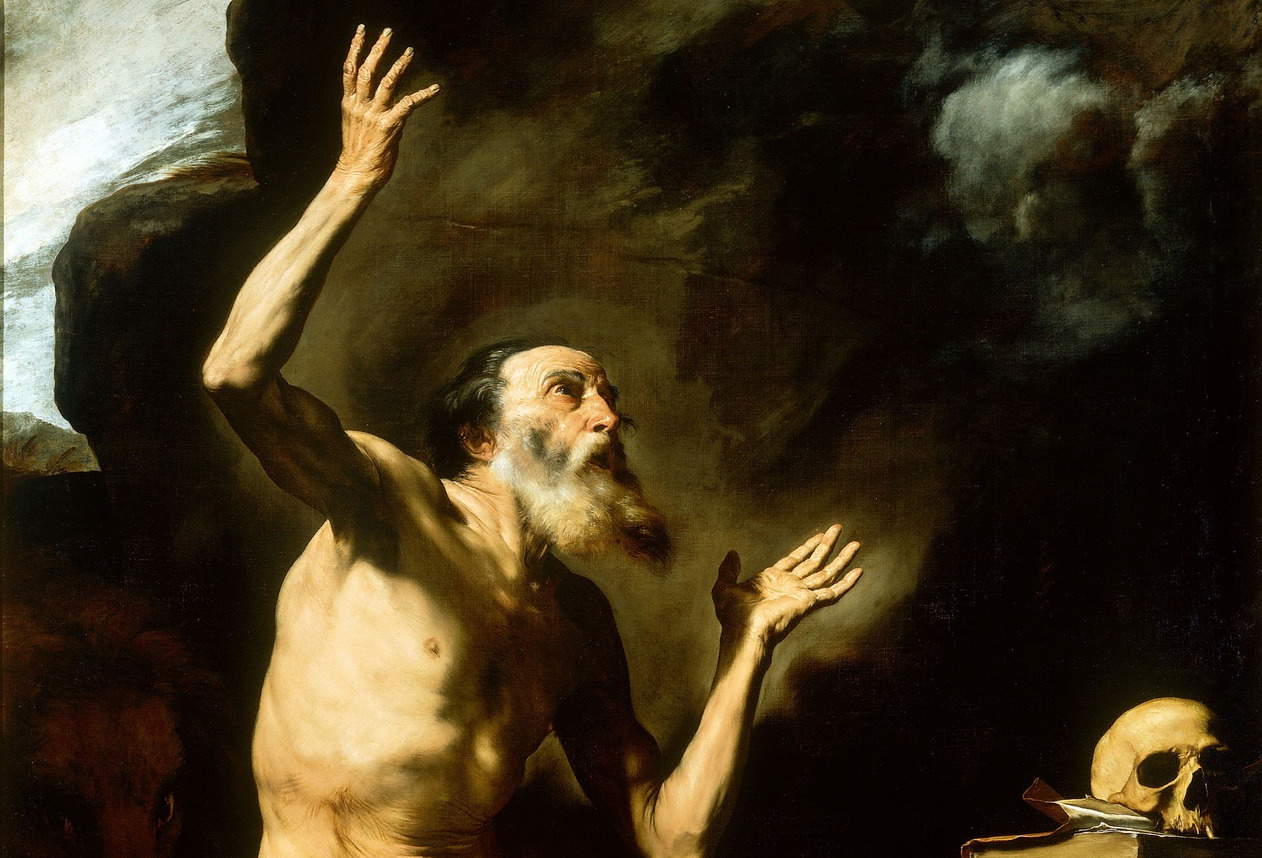At the Petit Palais in Paris, the first French retrospective devoted to Jusepe de Ribera
The Petit Palais - Musée des Beaux-Arts de la Ville de Paris presents from November 5, 2024 to February 23, 2025 Ribera. Ténèbres et lumière, curated by Annick Lemoine, director of the Petit Palais, and Maïté Metz, curator of ancient painting and graphic arts at the Petit Palais. This is the first-ever French retrospective dedicated to Jusepe de Ribera (Xàtiva, 1591 - Naples, 1652), also known as the Spagnoletto, among the most significant Caravaggesque painters.
Through more than one hundred works, including paintings, drawings and prints from around the world, the exhibition traces Ribera’s entire career: the intense Roman years, recently rediscovered, and the Neapolitan period. Ribera established himself as one of the earliest and boldest interpreters of Caravaggesque painting.
The exhibition traces Ribera’s career in the heart of Caravaggio’s Italy, exploring his originality, boldness, and recurring motifs. The first part of the exhibition deals with Ribera’s beginnings in Rome. The painter, nicknamed “lo Spagnoletto,” arrived in the papal city around 1605-1606. Caravaggio’s influence on Ribera, as well as on a whole generation of painters present in Rome during this period, is very strong. During this Roman sojourn Ribera developed the fundamentals of his painting: the use of the living model, chiaroscuro, theatrical gestures, stark realism, and the depiction of half-length figures that impose a striking frontality on the viewer. This new and radical vocabulary is found in his Five Senses series, represented in the exhibition by theAllegory of Taste (Wadsworth Atheneum, Hartford) and theAllegory of Smell (Abello Collection, Madrid), but also in the Apostolados, a series of apostles that became one of the painter’s favorite subjects. The exhibition also addresses the history of art historian Gianni Papi’s 2002 reattribution of the painting of the Judgement of Solomon (Galleria Borghese). This investigation revolutionized the understanding of Ribera’s Roman production, which enriched it with some 60 masterful works, including Christ among the Doctors (Langres Museums) or The Denial of St. Peter (Corsini Gallery). At the end of his Roman sojourn, Ribera established himself as one of the most sought-after Caravaggio painters by the elite of the art world.
In 1616 the artist left Rome to move to Naples, then under Spanish rule. At the heart of the Neapolitan itinerary, visitors can also discover Ribera’s talent as a draughtsman and engraver-a singularity in the Caravaggesque sphere-through exceptional loans from the Metropolitan Museum of Art, the British Museum or the Collection Colomer. His engravings, of great virtuosity, are presented thanks to the Dutuit collection at the Petit Palais.
The exhibition concludes with a final spectacular room devoted to scenes of martyrdom and flaying, which made him famous. Caravaggio’s heir proves that he is not a mere interpreter but one of the greatest artists of theSpanish Baroque age, with dazzling, daring and virtuoso inventions.
For info: petitpalais.paris.fr
Hours: Tuesday through Sunday from 10 a.m. to 6 p.m. Friday and Saturday until 8 p.m.
Image: Jusepe de Ribera, Saint Jerome and the Angel of Judgment, detail (1626; oil on canvas, 262 x164 cm; Naples, Museo e Real Bosco di Capodimonte). Courtesy of MiC - Museo e Real Bosco di Capodimonte © Archivio dell’arte/Luciano et Marco Pedicini
 |
| At the Petit Palais in Paris, the first French retrospective devoted to Jusepe de Ribera |
Warning: the translation into English of the original Italian article was created using automatic tools. We undertake to review all articles, but we do not guarantee the total absence of inaccuracies in the translation due to the program. You can find the original by clicking on the ITA button. If you find any mistake,please contact us.




























